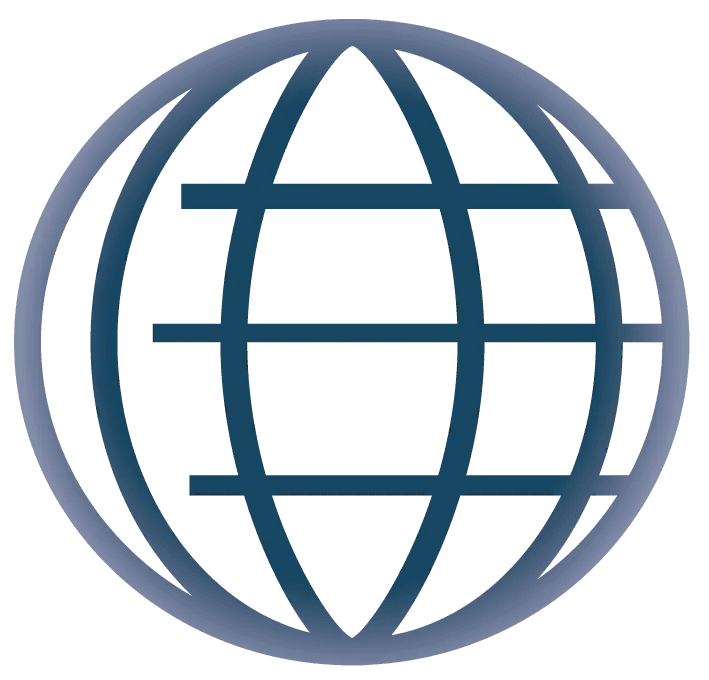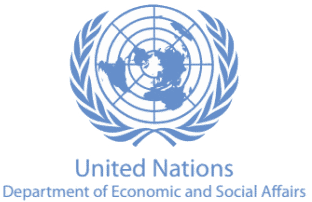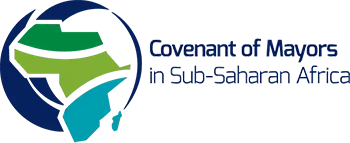Excel Tool to Assess Financial Needs
Objective
This tool is intended to in early project development to systematically assess and document the potential financial and developmental viability of a project using the standard metrics employed by potential providers of finance from the public and private sectors.
Description
Generic cashflow financing model to estimate funding needs, possible sources, and capital structures.
Partners
The tool was developed by by GlobalDF with the support of the Covenant of Mayors in Sub-Saharan Africa, GIZ, and the European Union.


Invitation to Partner
GlobalDF invites interested parties to help refine and apply financial models that improve the ability of project owners to assess financial needs in project development, construction (CAPEX), and operation (OPEX).
Details
Overview
This generic cashflow financing model (the Model) is intended to serve as a tool in early project development to systematically assess and document the potential financial and developmental viability of a project using the standard metrics employed by potential providers of finance from the public and private sectors.
The Model is designed to address the lack of finance for critical projects required to implement climate and developmental impact. The central problem blocking access to finance for local climate projects is the lack of perceived “bankability” and “investability.” The Model is intended to improve the project development process itself, improving the ability of project owners and their technical partners to think through the critical success factors for accessing finance.
The Model is intended for use by project owners and their technical partners in early project definition and prefeasibility assessments to estimate funding needs, possible sources, Capital Structures, and potential impacts (climate, developmental).
The Model can be used to help define ways to structure a project in alignment with investor requirements and to communicate key fundamentals of project viability, including:
(1) Serve as a worksheet to systematically estimate potential project costs and funding sources;
(2) Define viable potential blended finance structures, calculating the level of grant funding required to achieve project bankability/investability;
(3) Calculate preliminary estimates of financial viability (Internal Rates of Return or IRR, Weighted Average Cost of Capital or WACC), benefits to local and national governments (e.g., potential tax revenues), and impact (climate, developmental);
(4) Test sensitivities of the project to changes in grant levels, interest rates, higher than expected CAPEX and OPEX, longer or shorter operational periods, and lower than expected revenues;
(5) Set forth estimated climate and development impact (carbon emission reductions, job creation); and
(6) Serve as a critical document to present indicators of project financial and development viability to potential providers of technical support and finance that can help further develop the project (e.g., local and national governments, development partners, PPP partners and private sector equity providers, private sector debt providers).
Key principles underlying the model
The key principles underlying the financing modeling approach include the following:
(1) The first critical success factor for projects in the initial development phase is to identify and secure a combination of funding sources. Depending on the project, the funding could include a wide range of sources:
• Public sector support from the local government, intermediary government (e.g., province, state, etc.), national government (e.g., ministry, funds, national development bank, etc.), and/or development partners (development finance institution, bilateral government, climate fund, etc.).
• Private sector support from corporates (utilities, suppliers of equipment, etc.), SMEs, banks, microfinance institutions, social impact investors, funds, etc.
• Non-government organizations such as cooperatives, community service organizations, foundations, etc.
(2) A blended finance approach can enable a project to reach financial close and become operational by combining public and private funding in addition to credit enhancements (such as guarantees and first loss capital).
• Grants can be used in combination with commercial and concessionary debt to close the funding gap for projects that generate sufficient revenues/savings.
• The Model calculates the grant required under each of the Capital Structures to close the funding gap.
(3) Financial sustainability will be a minimum requirement for providers and finance
• Financing is more easily obtained if a project’s total revenues/savings are able to cover at least its total OPEX as funders will consider it to be “financially sustainable”. To attract blended finance, a project’s revenue/savings will need to exceed its operating costs as illustrated below.
• Projects that are expected to have significant impact could potentially secure grant funding to fund 100% of the project’s CAPEX provided the project is deemed financially sustainable (i.e. able to cover all its OPEX via revenue/savings).




